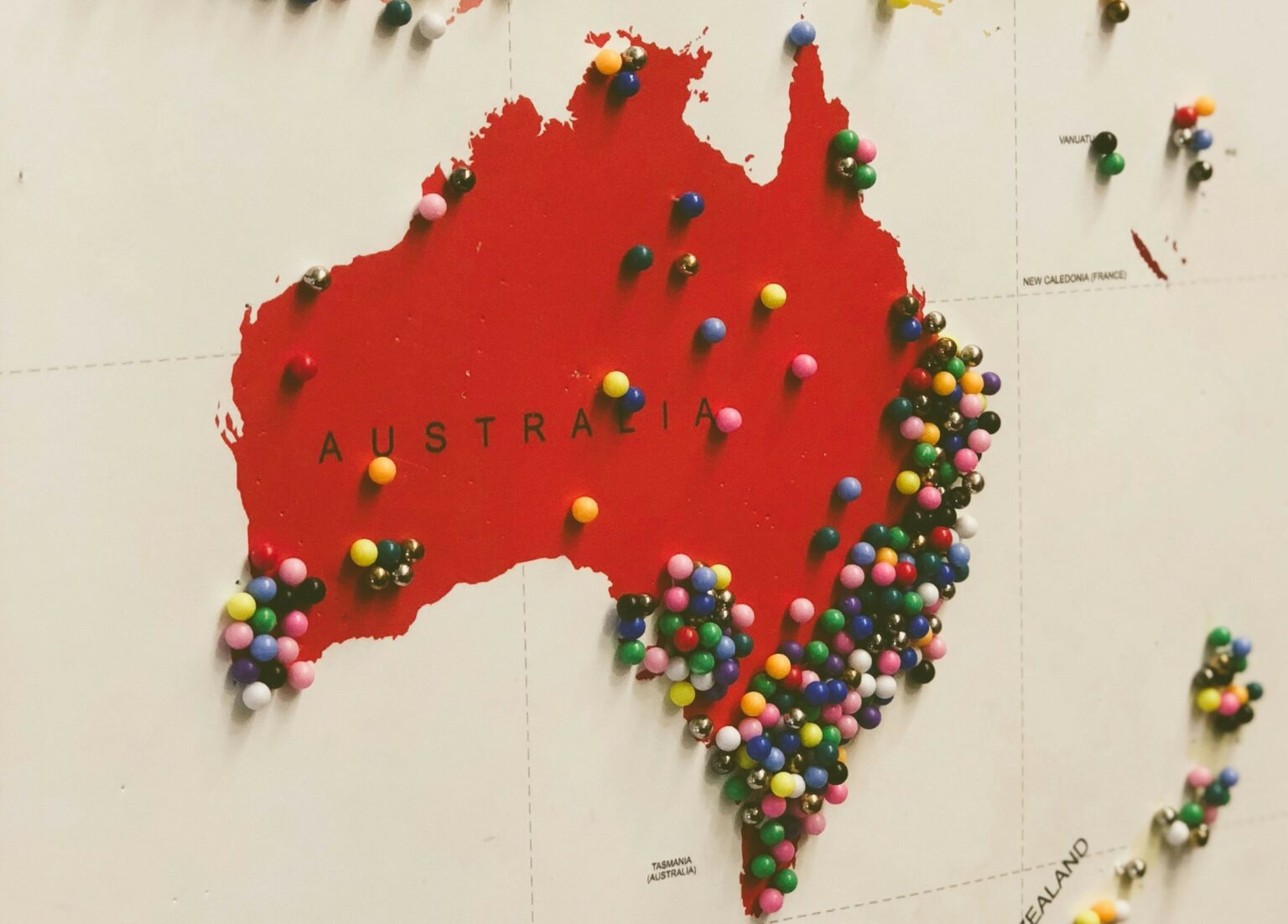Australia’s energy storage ambitions are entering a new phase as gravity-based and vanadium technologies move from concept to deployment.
Two announcements this month underscore both the technical opportunities and the policy gaps shaping the sector: Green Gravity’s trial at a decommissioned coal mine in New South Wales and Vecco Group’s push to build the country’s first vanadium battery supply chain in Queensland.
At Russell Vale in Wollongong, Green Gravity will conduct the world’s first trial of its gravitational energy storage system, using a 400-meter shaft once central to coal production. The project, backed by Wollongong Resources, will operate off-grid at 150 kilowatts during testing. The principle is straightforward: weights are raised and lowered in mineshafts to store and release energy. The commercial vision is less modest—up to 10 megawatts per site, discharging over 8 to 20 hours. With thousands of disused shafts across Australia, the theoretical storage potential is vast. Yet the immediate test is whether the technology can achieve operational efficiency, reliability, and competitive cost curves against lithium-ion and pumped hydro.
Green Gravity has attracted AU$9 million in Series A investment, supported by industrial backers including HMC Capital and BlueScopeX. The funding is earmarked for finalizing product development and preparing a demonstration plant, with a final investment decision expected within months. Plans to scale toward 2026 production trials highlight investor appetite but also carry risks: without long-duration storage markets and supportive regulation, projects could stall before commercialization.
Meanwhile, Queensland is positioning itself at the center of a different storage play. Vecco Group has secured AU$10 million in government support for its AU$798 million Critical Minerals Project. The initiative integrates mining at Julia Creek with electrolyte production in Townsville, aiming to supply vanadium redox flow batteries (VRFBs) for medium- and long-duration applications. The project’s targets include 8,000 tonnes of vanadium annually, alongside high-purity alumina and molybdenum as byproducts, with operations scheduled to begin by 2028.
Queensland’s reserves of vanadium—considered one of the largest untapped resources globally—give it a potential competitive edge. While lithium-ion dominates today’s markets, VRFBs offer durability, safety, and scalability for grid applications, particularly where 6–12 hour storage is required. Demand projections for Australia point to more than 100 gigawatt-hours of medium- and deep-duration storage by 2045, setting the stage for both vanadium and alternative technologies like gravity storage to compete for market share.
Both projects expose the tension between technical innovation and policy certainty. Russell Vale highlights the challenge of translating concept-stage designs into bankable, grid-integrated infrastructure. Vecco’s venture demonstrates how state backing can tilt the playing field, but financing AU$798 million in capital-intensive supply chains remains contingent on stable demand signals and competitive costs versus global peers.
Stay updated on the latest in energy! Follow us on LinkedIn, Facebook, and X for real-time news and insights. Don’t miss out on exclusive interviews and webinars—subscribe to our YouTube channel today! Join our community and be part of the conversation shaping the future of energy.
